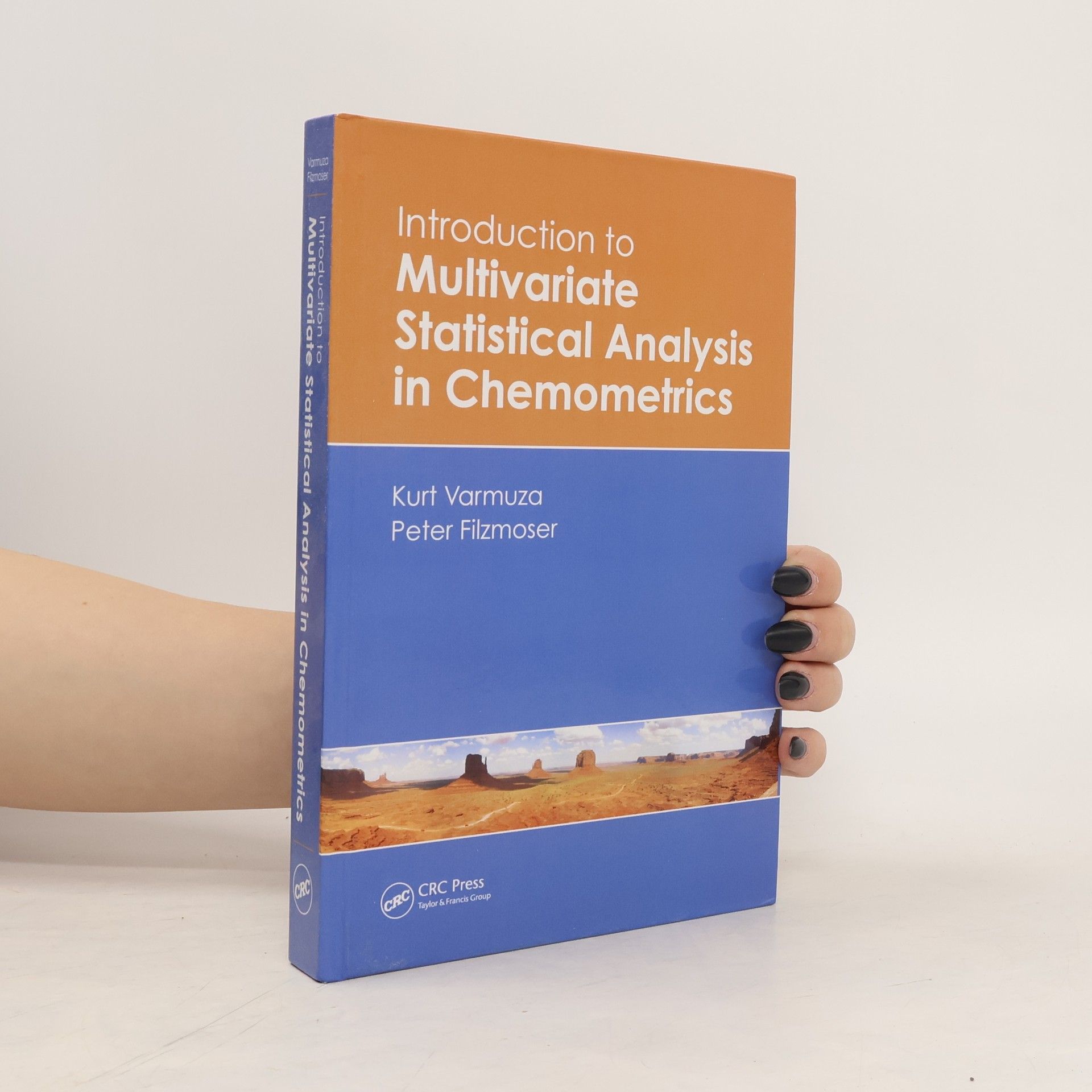Using formal descriptions, graphical illustrations, practical examples, and R software tools, Introduction to Multivariate Statistical Analysis in Chemometrics presents simple yet thorough explanations of the most important multivariate statistical methods for analyzing chemical data. It includes discussions of various statistical methods, such as principal component analysis, regression analysis, classification methods, and clustering. Written by a chemometrician and a statistician, the book reflects the practical approach of chemometrics and the more formally oriented one of statistics. To enable a better understanding of the statistical methods, the authors apply them to real data examples from chemistry. They also examine results of the different methods, comparing traditional approaches with their robust counterparts. In addition, the authors use the freely available R package to implement methods, encouraging readers to go through the examples and adapt the procedures to their own problems. Focusing on the practicality of the methods and the validity of the results, this book offers concise mathematical descriptions of many multivariate methods and employs graphical schemes to visualize key concepts. It effectively imparts a basic understanding of how to apply statistical methods to multivariate scientific data.
Peter Filzmoser Livres


The goal of robust statistics is to develop methods that can cope with the presence of outliers in the data and nevertheless produce reasonable results. In this book some of the most popular robust multivariate methods are investigated and new methods are proposed. Their performance is evaluated and compared in a variety of situations. The focus is on high breakdown point methods for discriminant analysis, multivariate tests and their basis, the robust estimators for multivariate location and covariance. The routine use of robust methods in a wide area of application domains is unthinkable without the computational power of today's personal computers and the availability of ready to use implementations of the algorithms. A unified computational platform organized as common patterns which we call statistical design patterns in analogy to the design patterns widely used in software engineering is proposed. The concrete implementation is an object oriented framework for robust multivariate analysis developed in R, an environment for statistical computing and graphics (R Development Core Team, 2009).